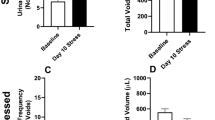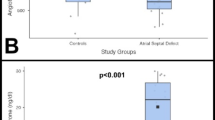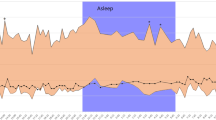Abstract
Urinary bladder percussion induced autonomic dysreflexia (AD) was observed in spinal cord injured patients with a complete neurological lesion, the upper level being above T5. To document the pathology and study the etiology of autonomic dysreflexia to further investigate its mechanism, this paper presents some clinical data on the determination of vasoactive substances such as norepinephrine (NE), epinephrine (E), renin (R), angiotensin II (AII) and atrial natriuretic polypeptide (ANP) before and during bladder percussion in 30 patients with a thoracolumbar or cervical spine and spinal cord injury. It is demonstrated that tapping the urinary bladder of such patients can cause AD. Changes of some of the vasoactive substances in the plasma were also observed, which might indicate that autonomic dysreflexia result from excitation of the sympathetic nervous system. Overactivity of the sympathetic nervous system was antagonized by excitation of the vegetative nerve system. There was no correlation between changes of blood pressure and adrenal function as well as the change of R-A II system; during autonomic dysreflexia, the inclement of ANP secretion played an important role in recovering homeostasis.
Similar content being viewed by others
Log in or create a free account to read this content
Gain free access to this article, as well as selected content from this journal and more on nature.com
or
Author information
Authors and Affiliations
Rights and permissions
About this article
Cite this article
Zhou, G., Yu, J., Tang, H. et al. The determination of vasoactive substances during autonomic dysreflexia. Spinal Cord 35, 390–393 (1997). https://doi.org/10.1038/sj.sc.3100421
Issue date:
DOI: https://doi.org/10.1038/sj.sc.3100421



